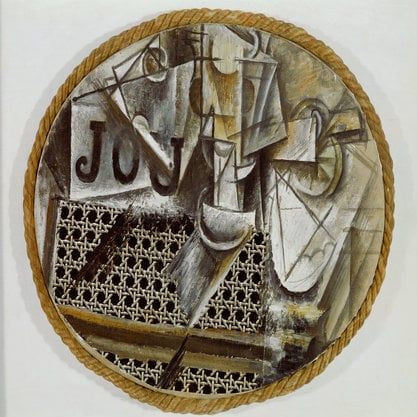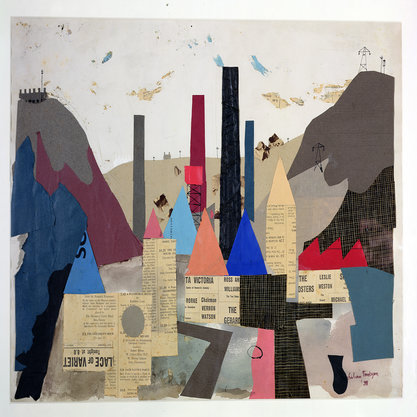Article
Lawrence, Jacob (1917–2000) By Hill, Catrina
Article
Jacob Lawrence was an artist and educator, as well as the first African American artist of the 20th century to achieve critical acclaim and sustained mainstream recognition. Lawrence’s work is typically described as a mix between synthetic cubism and social realism. It consists of narrative compositions with bold color and patterns, distorted proportions, tilted space, and abstract forms. Lawrence is best known for his series The Migration of the Negro (1940–1941). The narrative series is comprised of sixty panels accompanied by captions, depicting scenes of everyday life for working-class black communities before, during, and after migrating from the agrarian South to the large, industrial cities of the North between the Wars. The paintings were done in bright tempera on small board panels and are a blend of social realism and modernist abstraction. The series is owned jointly by the Phillips Collection in Washington, D.C. and the Museum of Modern Art in New York. Lawrence also completed multi-panel works on historical figures including John Brown, Frederick Douglass, Toussaint L’Ouverture, and Harriet Tubman. He carefully researched the lives of the historical figures he depicted, spending many hours at the New York Public Library.



